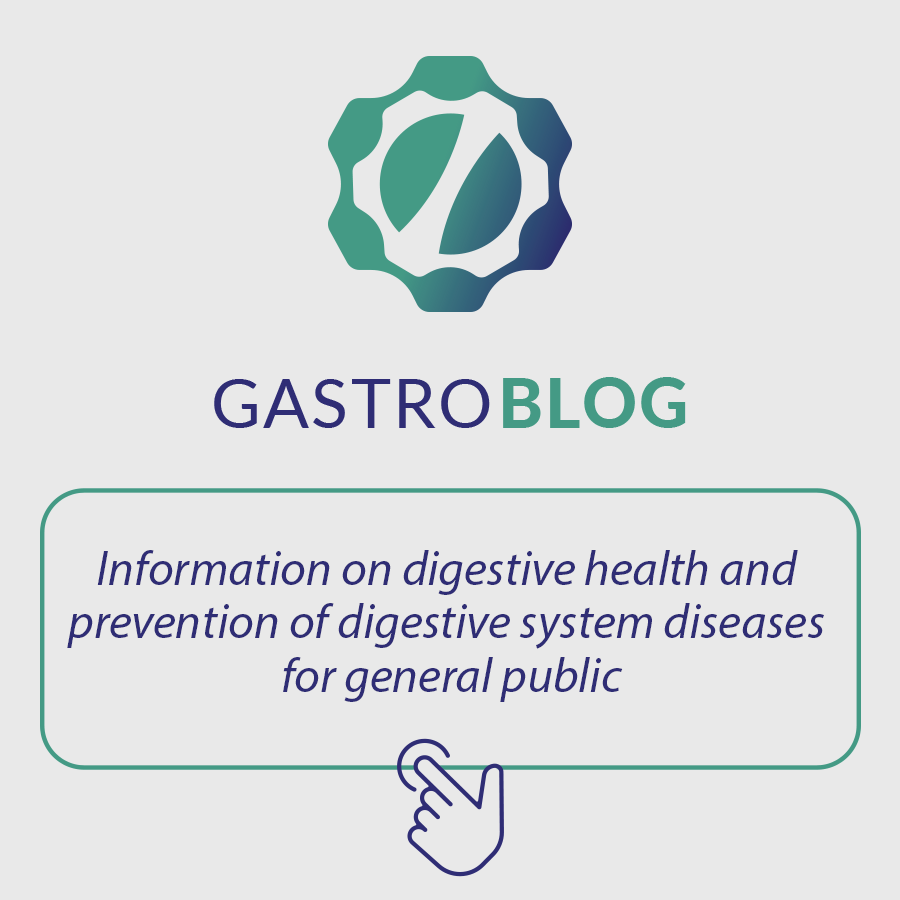LATEST ARTICLES
-
The relationship between triglycerides and pancreatic damage has been studied over the years. It is now known that Hypertriglyceridemia (HTG) is the 3rd leading cause of acute pancreatitis (less prevalent …
-
GastroenterologyPancreas
Chronic Pancreatitis – main etiologies and associated risk of Pancreatic Neoplasia
The term chronic pancreatitis (CP) is used to define a fibro-inflammatory disease of the pancreas, of a progressive and irreversible nature, which can present with abdominal pain as a symptom …
-
GastroenterologyLiver
When is the use of beta-blockers recommended in patients with hepatic cirrhosis?
Portal hypertension is the most common complication of liver cirrhosis and is considered the key point for the triggering of ascites, encephalopathy and esophageal varices and, in this way, it …
-
Patients with a IBD (Inflammatory Bowel Disease) moderate to severe phenotype and/or with risk factors for a worse prognosis, once elected for advanced therapy with biologics, should undergo preparation for …
-
When we think of Exocrine Pancreatic Insufficiency – EPI (decrease in the activity of pancreatic enzymes in the intestinal lumen, below the values for normal digestion) we automatically relate it …
-
It is well known that serology is an important tool in the diagnosis of Celiac Disease (CD), but the best way to use it is still a recurring doubt in …
-
GastroenterologyStomach
Ulcers not related to Helicobacter pylori and anti-inflammatories (NSAIDs): how to proceed?
Infection with H. pylori and the use of non-steroidal anti-inflammatory drugs (NSAIDs) are widely accepted as the main causes of peptic ulcer. However, with more effective eradication, better sanitary conditions …
-
Celiac disease is an autoimmune disease caused by an abnormal immune response to gluten peptides in the upper small intestine. It is important to understand its pathophysiology to know how …
-
A topic that has been gaining attention from pancreas scholars lately is pancreatic steatosis. This is a generic term that infers the accumulation of fat in the pancreas. However, there …
-
Esophagus-Stomach-DuodenumGastroenterologySurgery
Common Variable Immunodeficiency and Gastric Cancer
Risk factors commonly associated with the development of gastric cancer (GC) include chronic infection with Helicobacter pylori (H. pylori), low intake of fruits and vegetables, high salt consumption, smoking, and …
-
GastroenterologyStomach
How to treat Helicobacter pylori? Understanding how to choose the first-line scheme
The Helicobacter pylori (H. pylori) is the most prevalent chronic bacterial infection in the world, affecting more than half of the population. It is associated with chronic gastritis, which can …
-
GastroenterologyLiver
Hepatic nodule detected by ultrasonography: step by step of when and how to investigate
When we come across an ultrasound (USG) describing a focal liver lesion, we should organize the reasoning of when and how to investigate the described lesion: is it a focal …
-
GastroenterologyLiver
What should we know about transient hepatic elastography and its application in Non-alcoholic fatty liver disease?
Non-alcoholic steatohepatitis (NASH) corresponds to the group of patients with non-alcoholic fatty liver disease (NAFLD) who present, in addition to predominantly macrovesicular steatosis, with hepatocyte ballooning, lobular inflammation, liver fibrosis, …
-
The mucinous cystadenoma (MCN) is a cystic lesion, mucin-producing, almost exclusively found in women, in a ratio of 20:1. The peak incidence is in the 5th decade of life. The …
-
Gastroesophageal Reflux Disease (GERD) is quite common in the general population, with a prevalence of 10 to 20%. In patients with obesity, this prevalence can be double. The mechanisms involved …
-
Pancreatic cysts are, in most cases, incidental findings of imaging exams. It is estimated that about 3-14% of people undergoing abdominal exams have some pancreatic cystic lesion as a finding. …
-
Autoimmune Pancreatitis (AIP) is one of the possible causes of chronic pancreatitis, which presents with inflammatory infiltrate in the gland and progressive fibrosis, which can lead to pancreatic insufficiency (1). …
-
EsophagusGastroenterology
Endoluminal Functional Lumen Imaging Probe (EndoflipTM): understanding the technology and its potential uses
The EndoflipTM is an innovative technique that uses impedance planimetry technology to assess the distensibility of gastrointestinal organs. Despite being developed in 2009, its use is still restricted to research environments …
-
Fecal microbiota transplantation (FMT) or fecal transplant involves the infusion of feces from a healthy donor into the gastrointestinal tract of a patient who has a disease related to alteration …
-
Introduction The incidence of neuroendocrine tumors of the pancreas is increasing, possibly due to more frequent imaging tests and the quality of these tests. However, their prevalence is fortunately still …


